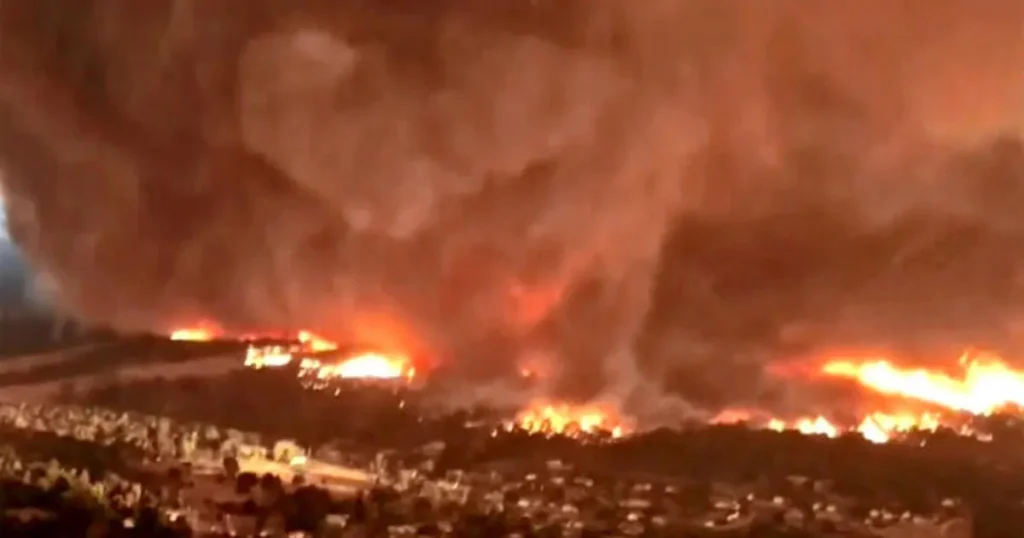The Escalation of the Park Fire
The Park Fire, which ignited on Wednesday in Butte County, has rapidly become the largest wildfire of the year in California. As of Saturday morning, the blaze has consumed over 307,000 acres of land northeast of Chico and remains completely uncontained, according to Cal Fire. The fire’s explosive growth has been fueled by dry conditions and high winds, leading to the formation of a rare and dangerous phenomenon known as a “firenado.”
The firenado, a swirling vortex of flames and ash, has been particularly alarming. Dramatic footage obtained by BBC News shows this vortex twisting through the bushland, emphasizing the fire’s intensity and the challenges faced by firefighting teams.
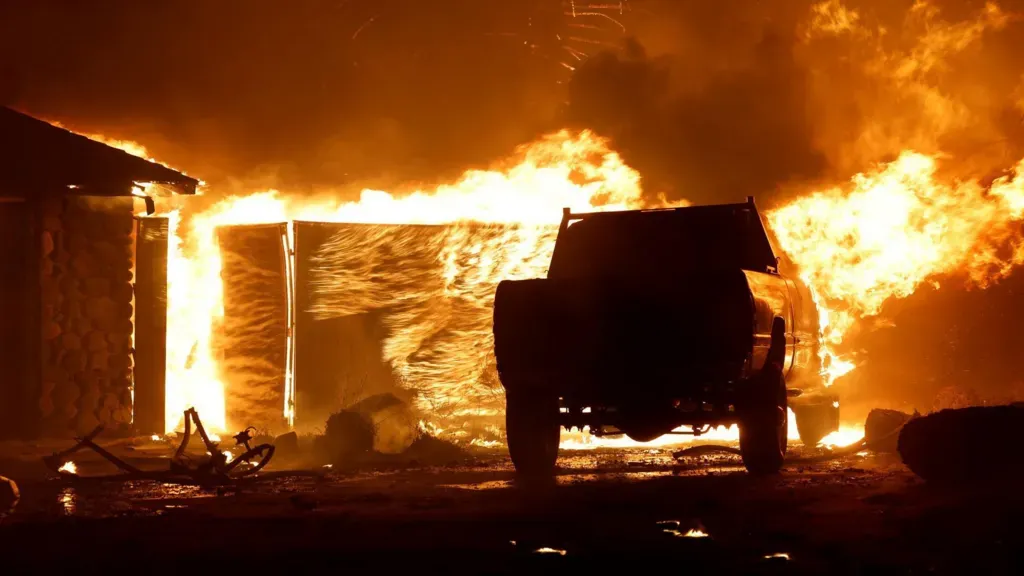
The Arrest and Its Implications
On Thursday, 42-year-old Ronnie Dean Stout was arrested on suspicion of starting the fire. Authorities allege that Stout rolled a burning car into a gully near Alligator Hole in Butte County. He is accused of calmly leaving the area and blending in with other residents as he fled the fire.
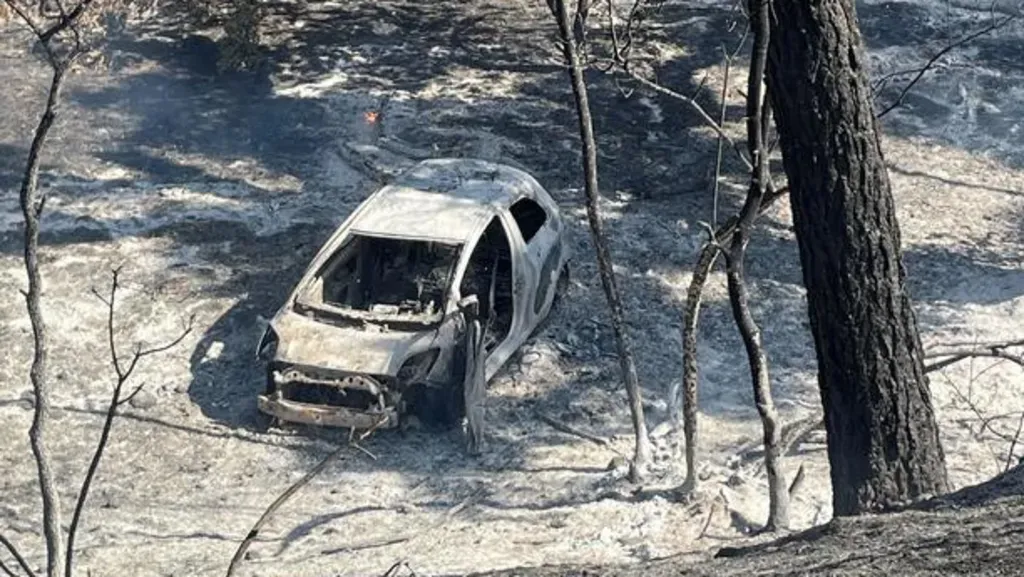
Stout is currently being held without bail as authorities determine the charges he will face. A woman who answered the door at Stout’s Chico residence claimed to the San Francisco Chronicle that Stout was being unfairly blamed. She suggested that the car fire was accidental and that prosecutors were attempting to make him a scapegoat. This assertion complicates the case and underscores the contentious nature of the investigation.
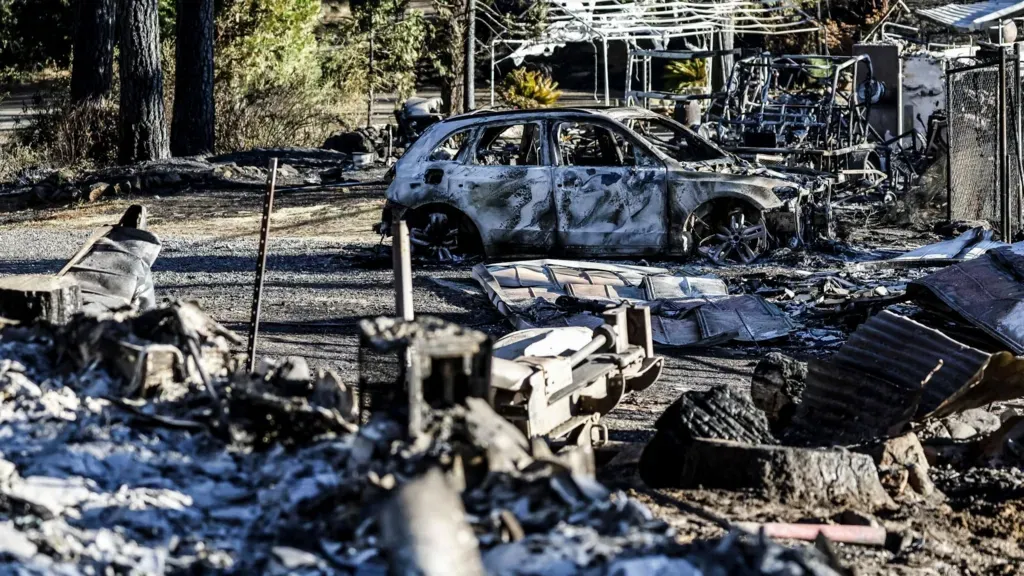
Emergency Measures and Evacuations
In light of the escalating crisis, California Governor Gavin Newsom declared a state of emergency for Butte and Tehama counties on Friday. This declaration reflects the severity of the situation and the state’s commitment to deploying all available resources to protect lives and property. Governor Newsom stated, “We are using every available tool to protect lives and property as our fire and emergency response teams work around the clock to combat these challenging fires.”
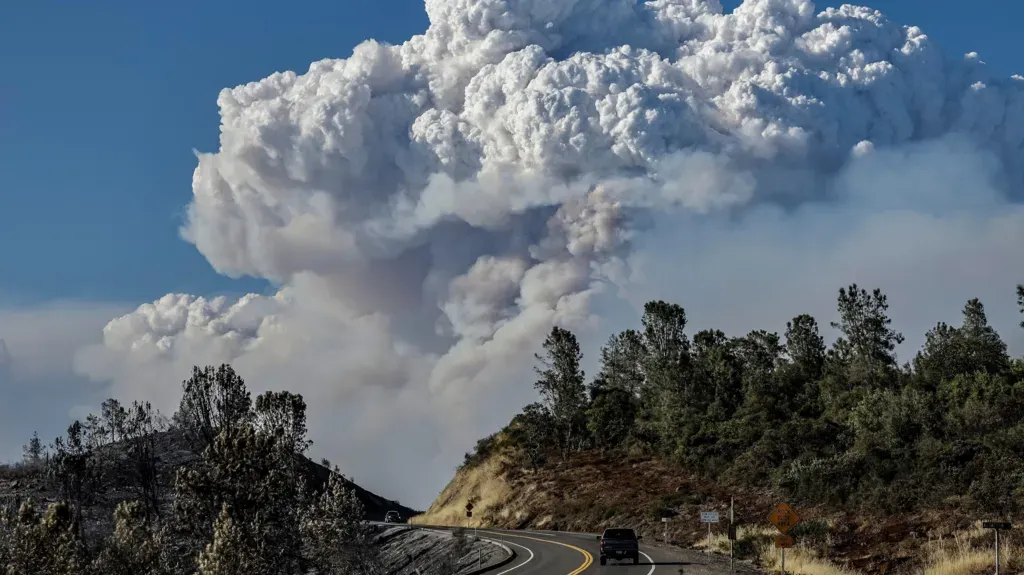
The wildfire has necessitated mandatory evacuations in Butte County, including the small town of Cohasset, which has a population of 400. The Park Fire’s uncontrolled spread has led to the destruction of 134 structures, with an additional 4,200 structures currently at risk.
Firefighting Efforts and Challenges
Nearly 2,500 personnel are actively engaged in efforts to contain the Park Fire. They are utilizing 16 helicopters and multiple air tankers to drop water on the blaze when conditions permit. Despite these efforts, the fire’s rapid spread has made containment a significant challenge.
The Park Fire has also posed a threat to the Ishi Wilderness and Lassen foothills—areas that have been untouched by fire for nearly a century. These regions are filled with a substantial amount of fuel, making them particularly vulnerable to the blaze.
Broader Context of Wildfire Challenges
The situation in California is part of a broader pattern of severe wildfires affecting various regions. Currently, the largest wildfire in the United States is the Durkee Fire in Oregon, which has burned at least 288,000 acres and was 20% contained as of Friday evening. This fire, sparked by lightning on July 17, has devastated ranch lands and killed hundreds of cattle, threatening several towns.
In Canada, large wildfires are also causing significant damage. One fire has destroyed up to half of the historic town of Jasper in Alberta and large areas of the Jasper National Park. Fortunately, rain on Friday has provided some relief, aiding the hundreds of firefighters working to combat the blaze.
Conclusion
The Park Fire’s unprecedented size and the formation of a firenado highlight the intense challenges faced by firefighting teams and emergency responders. As the situation continues to evolve, efforts to contain the blaze and protect affected communities remain a top priority.


